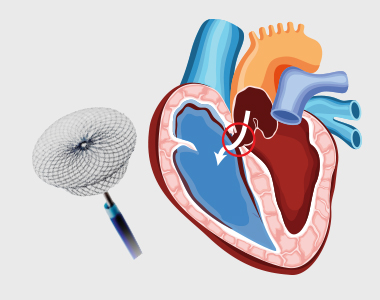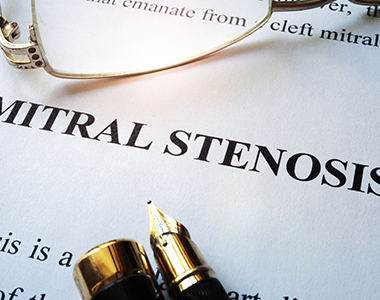Congenital heart diseases are diseases that are present from birth and affect the normal heart functioning. These are the most frequently occurring congenital disorder, responsible for 28% of all congenital birth defects. The birth prevalence of CHD is reported to be 8-12/1000 live births. Considering a rate of 9/1000, about 1.35 million babies are born with CHD each year globally. In most cases, no obvious cause of congenital heart disease is identified. However, some things are known to increase the risk of the condition, including: Many cases of congenital heart disease can be diagnosed before a baby is born during an ultrasound scan in pregnancy. At times a focused foetal heart scan called foetal echocardiography in specialized centers helps to diagnose the cardiac problem before birth. However, it’s not always possible to detect congenital heart defects in this way. Congenital heart disease can have a number of symptoms, particularly in babies and children, including: These problems are sometimes noticeable soon after birth, although mild defects may not cause any problems until later in life. There are many types of congenital heart disease and they sometimes occur in combination. Some of the more common defects include: Treatment for congenital heart disease usually depends on the defect you or your child has. Mild defects, such as holes in the heart, often don’t need to be treated, as they may improve on their own and may not cause any further problems. Surgery or interventional procedures are usually required if the defect is significant and causing problems. Modern surgical techniques can often restore most or all of the heart’s normal function. However, people with congenital heart disease often need treatment throughout their life and therefore require specialist review during childhood and adulthood. This is because people with complex heart problems can develop further problems with their heart rhythm or valves over time. Most surgery and interventional procedures aren’t considered to be a cure. The affected person’s ability to exercise may be limited and they may need to take extra steps to protect themselves from getting infections. It’s important that a person with heart disease and their parents or carers discuss these issues with their specialist medical team.
What are the Causes of Congenital Heart Defects?
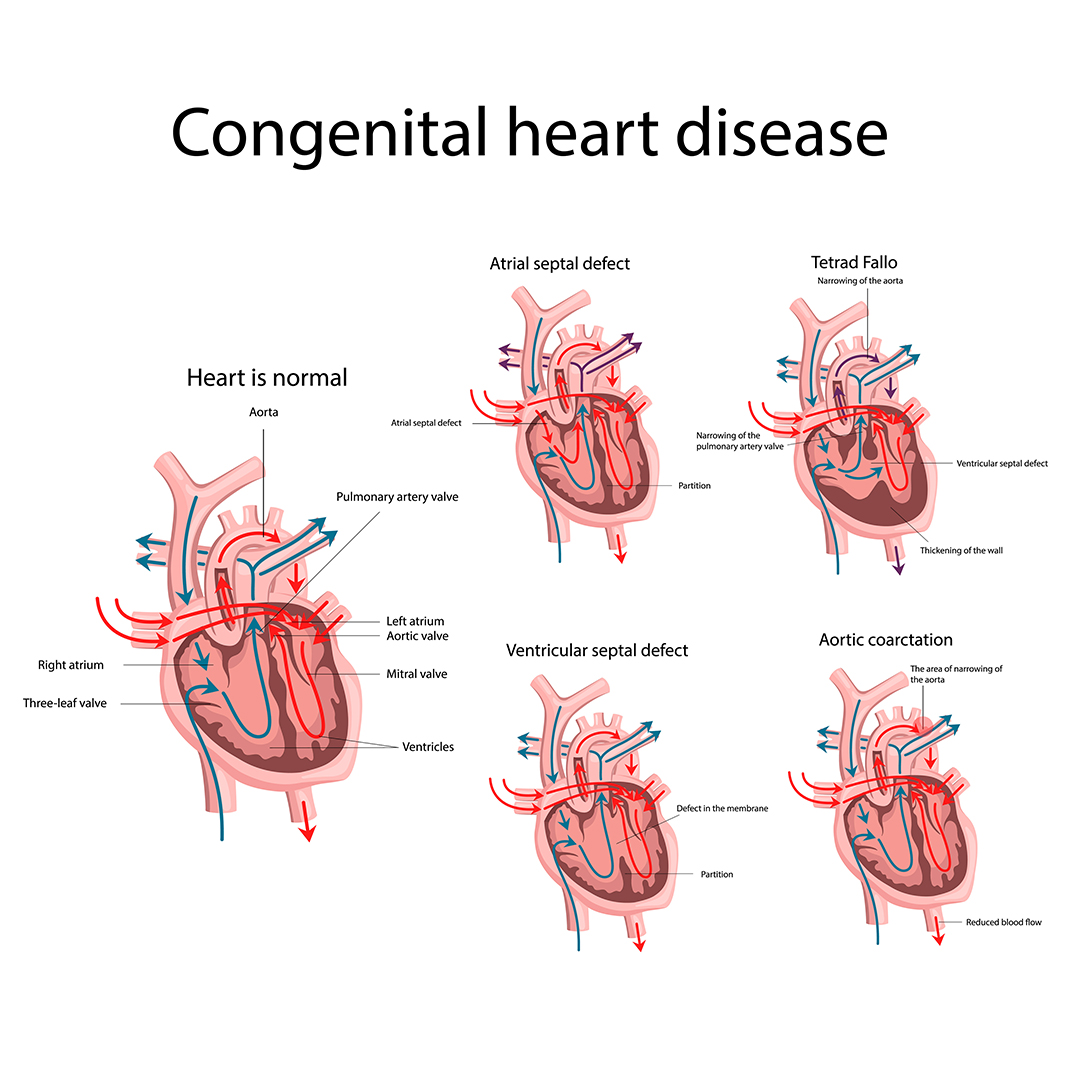
Signs and Symptoms of Congenital Heart Disease
Types of Congenital Heart Disease

Treating Congenital Heart Disease
Book Online Consultaion
Basics of Congenital Heart Disease Blog
Subscribe the Hearty Life Blogs

DR. RAGHU | Best Cardiologist in Hyderabad
Cardiology Coronary, Vascular and
Structural InterventionsConditions & Diseases
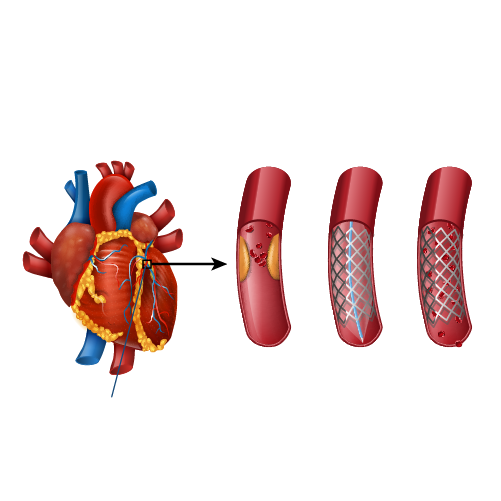
Angioplasty
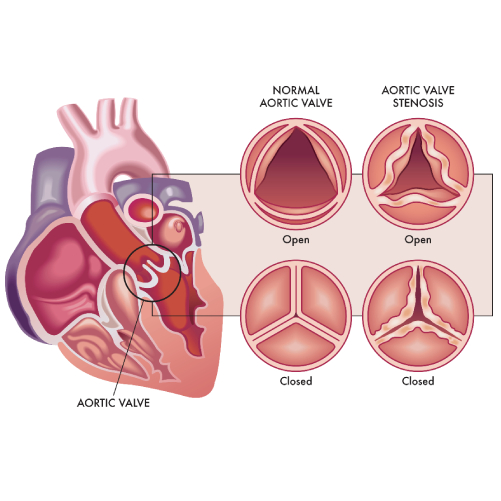
Aortic Stenosis
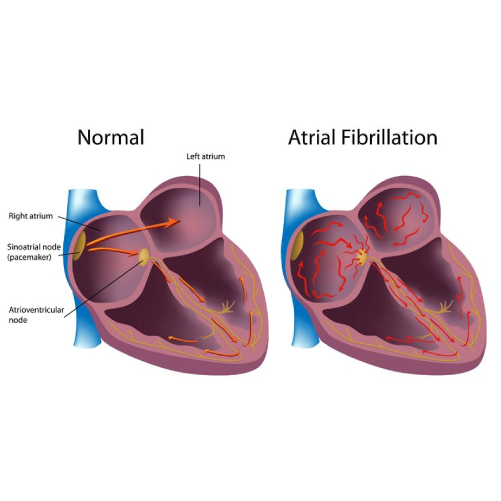
Atrial Fibrillation
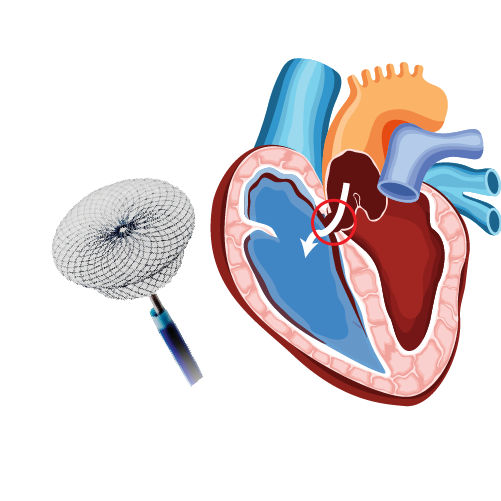
Atrial Septal Defect
congenital heart disease / Dr Raghu
An atrial septum is a muscular wall that separates the upper chambers of the heart called atria. An ASD is a common congenital heart disease where the septum is not formed properly producing a left-to-right shunt, which leads to mixing of oxygenated and deoxygenated blood. This causes pulmonary hypertension and right heart enlargement. Small atrial defects do not need any treatment and close on its own. Even in adulthood small ASDs may remain asymptomatic. Some large defects that persists in adulthood may become symptomatic and need closure. The ASDs can be closed by: Percutaneous device closure is the preferred treatment for certain defects type. A noninvasive procedure known as percutaneous transcatheter approach is considered depending on the size and severity of the defect. Moderate to large-sized ASD along with pulmonary hypertension requires to be closed. The procedure is performed by inserting a special closure device either folded or attached to a catheter into the vein of the leg and is advanced to the heart through the defect, which closes the hole by a special mechanism. The success rate of the procedure is about 95%. But the risks involved, and their estimated incidence of occurrence include: Patients with small ASD may not develop any complications, but large-sized defects may lead to serious complications which demands surgery and prolonged hospitalization. A detailed diagnosis of the defect should be performed which includes transthoracic and transoesophageal echocardiogram used to assess the size, location and the suitability of the procedure.

What are the treatment options for ASD?
What is Percutaneous Closure of Atrial Septal Defect (ASD)?
Are there risks associated with the procedure?
What is the pre-procedure work-up?
How should I prepare for the procedure?
Are there any specific instructions about medications?
What happens during the procedure?
What care should be taken after the procedure?
BOOK AN APPOINTMENT

Dr. RAGHU
Cardiology Coronary, Vascular and
Structural InterventionsConditions & Diseases

Angioplasty

Aortic Stenosis

Atrial Fibrillation

Atrial Septal Defect
Mitral stenosis is a form of valvular heart disease caused by the narrowing of the mitral valve. Mitral valve lies between the left atrium and left ventricle of the heart which is made up of two flaps of tissue called leaflets. It opens when the blood flows from left atrium and left ventricle and closes immediately to prevent the backward flow of the blood. The defective valve fails to either open or close completely.
The most common cause of mitral stenosis is an infection called rheumatic fever. It is an inflammatory condition that usually starts with strep throat and leads to permanent damage of heart valves. Rheumatic fever is now rare in developed countries, but the prevalence is still high in developing countries. It may scar the mitral valve and if left untreated, mitral stenosis may lead to severe heart complications. Mitral stenosis can be classified into three types – mild, moderate and severe depending on the severity.

Symptoms:
The progression of is slow, and the symptoms generally appear after 20 to 40 years after an episode of rheumatic fever. However, an individual with mitral stenosis may feel fine or have minimal symptoms for decades. They include:
- Shortness of breath, especially during physical effort or when you lie down
- Chest discomfort or chest pain
- Fatigue and weakness, especially during increased physical activity and during pregnancy
- Swollen feet or legs
- Heart palpitations – sensations of a rapid, fluttering heartbeat
- Dizziness or fainting
- Coughing up blood
- Thromboembolic complications such as stroke
Mitral stenosis symptoms may worsen due to any activity that can cause an increase in the heart rate. The pressure which is built up in the heart due to mitral stenosis causes fluid buildup in the lungs. The symptoms of mitral stenosis usually appear between ages of 15 to 40 years. But they can appear in any age or even during childhood.
The signs that can be found during general examination include:
- Heart murmur observed using stethoscope during clinical examination
- Fluid buildup in the lungs
- Irregular heart rhythms (arrhythmias)
Causes:
- Rheumatic fever: The major cause of mitral stenosis is rheumatic fever. Rheumatic fever is a complication of strep throat which can damage mitral valve by thickening or fusing the valves.
- Other causes include:
- Calcium deposits: People of older age can develop calcium deposits. This leads to calcification of the mitral valve leaflets resulting in mitral valve stenosis.
- Congenital heart disease: Some babies may be born with a narrowed mitral valve, that may lead to mitral stenosis.
Risk factors:
The individuals with the following conditions are at risk of mitral stenosis:
- Infective endocarditis
- Endomyocardial fibroelastosis
- Malignant carcinoid syndrome
- Systemic lupus erythematosus
- Whipple disease
- Rheumatoid arthritis
Diagnosis:
The diagnosis of mitral stenosis could follow an invasive or non-invasive method.
The noninvasive procedures include:
Electrocardiogram (ECG): In this procedure, the electrodes are attached to pads on patients’ skin to measure electrical impulses from the heart which provides information about heart rhythm. The patient is either made to walk on a treadmill or pedal a stationary bike during an Electrocardiogram (ECG) to see how the heart responds to exertion.
Echocardiogram: The echocardiogram is a very useful tool to assess the mitral stenosis etiology, morphology, severity, and treatment intervention.
Two types of echocardiogram are performed which include:
- Transthoracic echocardiogram: This test is used to confirm the diagnosis of mitral stenosis. In this procedure, the sound waves are directed to patients’ heart from a transducer held near the chest which produces video images of heart in motion.
- Transesophageal echocardiogram: In this procedure a small transducer is attached to the end of a tube which is inserted into esophagus. This provides a closer look at the mitral valve when compared to regular echocardiogram.
- Chest X-ray: The chest X-ray is used to observe the size of the heart size, prominent main pulmonary arteries, dilatation of the upper pulmonary veins, and displacement of the esophagus by an enlarged left atrium. If the condition is severe there could be enlargement of all the chambers, pulmonary arteries, and pulmonary veins. The chest X-ray also helps to identify the condition of lungs.
The invasive procedures include:
Cardiac catheterization: Cardiac catheterization is an invasive procedure and is performed when the noninvasive tests are inconclusive or when there is a no correlation between noninvasive tests and clinical findings. It involves threading a thin tube (catheter) through a blood vessel in the patients arm or groin to the coronary artery in the heart and injecting dye through the catheter to make the artery visible on an X-ray. This provides a detailed picture of your heart.
These cardiac tests help in distinguishing mitral valve stenosis from other heart conditions, including other mitral valve conditions. These tests also help reveal the cause of your mitral valve stenosis and whether the valve can be repaired.
Prevention:
The patients with mild mitral stenosis without any symptoms generally do not require an immediate treatment, but are monitored continuously. Medications are prescribed to ease the workload of the heart and to regulate its rhythm, thus reducing the symptoms. The following medications may be prescribed:
- Diuretics to reduce fluid accumulation in the body or lungs
- Blood thinners (anticoagulants) such as daily intake of aspirin to help prevent blood clots
- Beta blockers or calcium channel blockers to slow your heart rate and allow your heart to fill more effectively
- Anti-arrhythmics to treat atrial fibrillation or other rhythm disturbances
- Antibiotics to prevent a recurrence of rheumatic fever if it is an underlying cause for the condition
The Treatment Involves Surgical or Nonsurgical Procedures
Nonsurgical procedures:
Percutaneous balloon mitral valvuloplasty
In this procedure, which is also called balloon mitral valvotomy, a soft, thin tube (catheter) tipped with a balloon is inserted in an artery of the patients arm or groin and guided into the narrowed valve. Once in position, the balloon is inflated to widen the valve, improving the blood flow. The balloon is then deflated, and the catheter with balloon is removed.
Surgical options include:
- Commissurotomy: An open-heart surgery is performed to remove calcium deposits and other scar tissues to clear the valve passageway.
- Mitral valve replacement: Mitral valve replacement is considered if it cannot be repaired. In mitral valve replacement, the damaged valve is removed and is replaced with a mechanical valve or a biological tissue valve.
Prevention:
The prevention of mitral stenosis is largely dependent on preventing the occurrence of rheumatic fever, which is the major cause of the condition. However, if one acquires rheumatic fever, the following measures can help live a healthy life.
- Limit intake of salt.
- Maintain a healthy body weight.
- Decrease caffeine intake.
- Seek prompt medical attention.
- Cut back on alcohol.
- Perform regular exercise.
- Go for regular checkups.
MITRAL VALVE DISEASE – Mitral Stenosis( in Telugu)
Copyright © 2023, Dr. Raghu. All rights reserved.
+91 95424 75650

+91 95424 75650


